This is the final post about my trip to the wonderful Matsu Islands, so it’s time to say a tearful goodbye to the place that has enabled me to write so much content over the past month. This week, however, instead of talking about the scars of war or its cute furry inhabitants, I’d like to shift elsewhere. I’ll be sharing my vibrant experience of the captivating festival celebrating the ascension of the goddess Mazu, immersing you in the sights, sounds, and energy of this unique celebration. Beyond the spectacle, we’ll delve into the fascinating world of Taiwanese folk religion and explore how these traditions connect the Matsu Islands to Mainland China, fostering cultural exchange even amidst political complexities.
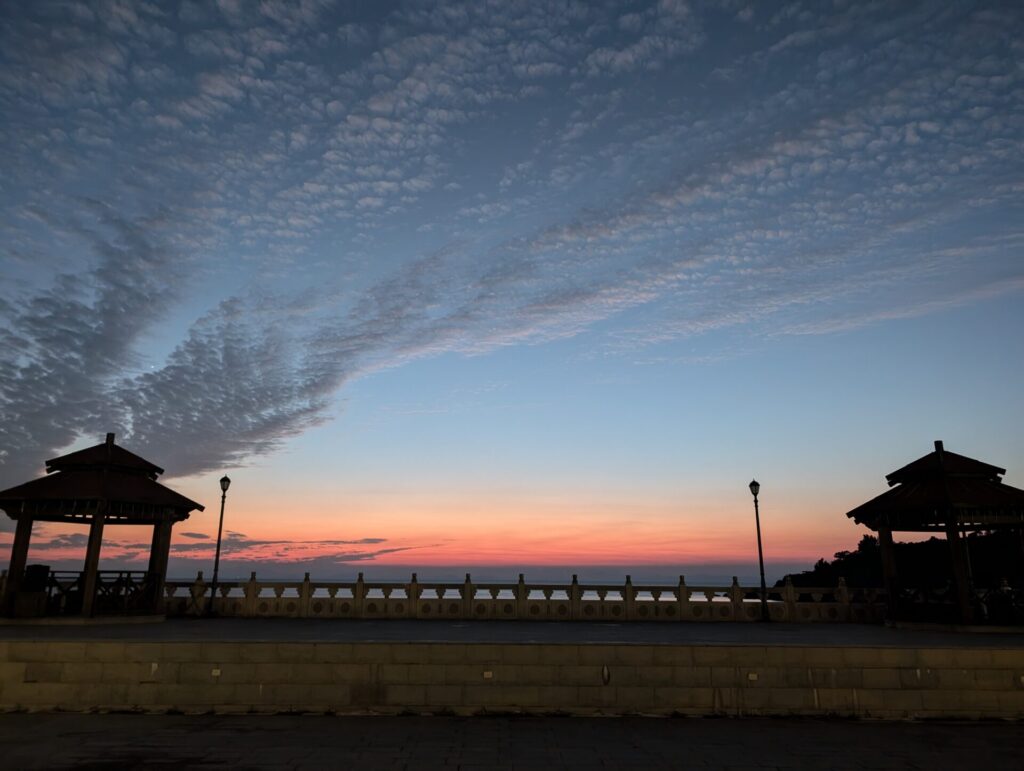
During my trip, I experienced a traditional festival firsthand, one celebrating Mazu’s ascension to deity status, which was a whirlwind of sights, sounds, and energy in the quaint seaside village of Magang. The grand temple, with its expansive concrete patio, served as the vibrant heart of the festivities. Traditional music blared from loudspeakers, filling the air with a joyous cacophony that echoed through the narrow streets. Food stalls lined the path, their tantalizing aromas mingling with the salty sea breeze, tempting festival-goers with local delicacies. On a makeshift stage, performers showcased their talents, their colorful costumes a blur of motion against the backdrop of the azure sky. And overlooking it all, perched majestically on the hill, stood the imposing statue of Mazu, a silent guardian casting a benevolent gaze over the jubilant crowd. Her presence infused the air with a sense of reverence and awe, reminding everyone of the deep spiritual significance of the celebration.
Note: I HIGHLY recommend playing this short video to get an idea of the sounds and sights of the festival; the music is just beautiful!
The air thrummed with a spiritual energy that seemed to emanate from the very soil of the island, a stark contrast to the urban pulse of Taipei where temple visits often felt like hurried transactions with the divine – lonely souls praying for a boyfriend, stressed students pleading for good grades. In Matsu, the festival was a visceral expression of Taiwan’s vibrant folk religion, a tapestry woven from threads of Buddhism, Taoism, and indigenous beliefs. The divine and the mundane intertwined seamlessly. Fishermen prayed to Mazu for safe passage across the treacherous seas, while farmers sought her blessings for a bountiful harvest. Incense smoke curled upwards, carrying whispered prayers and fervent wishes to the heavens. The rhythmic chanting of monks mingled with the excited chatter of children, creating a symphony of devotion and celebration. This faith was deeply rooted in the land, the cycles of nature, and the enduring hope for prosperity and protection. It was a faith that connected the people of Matsu to their ancestors and the broader Chinese cultural sphere, transcending political divides and fostering a sense of shared heritage.
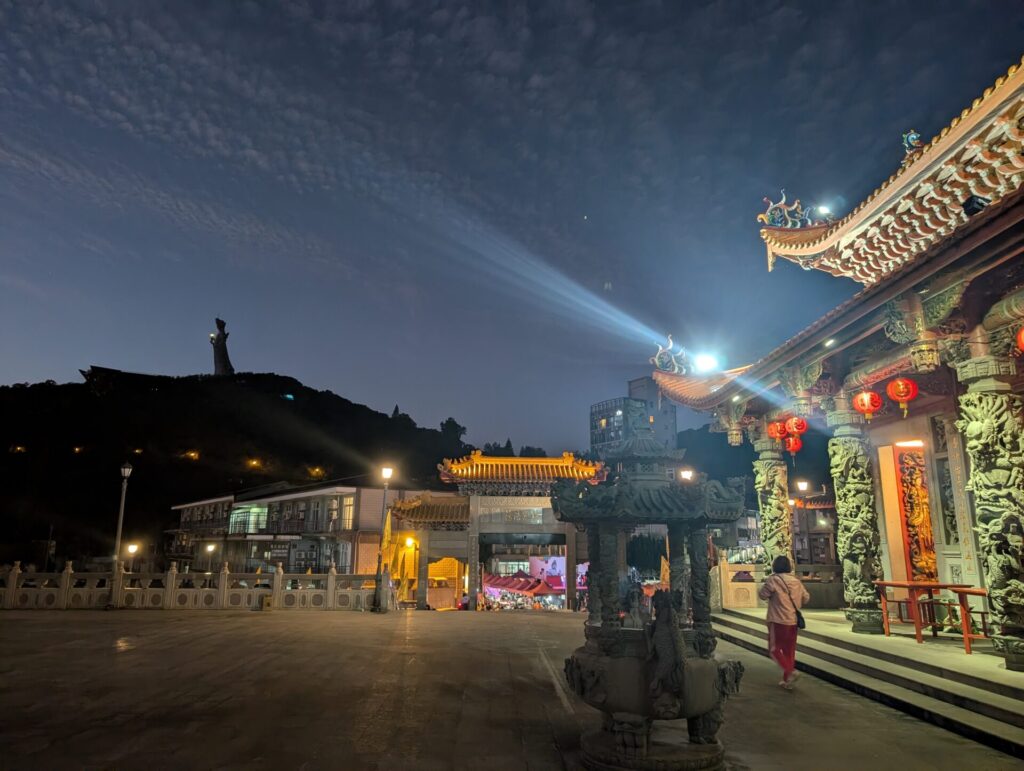
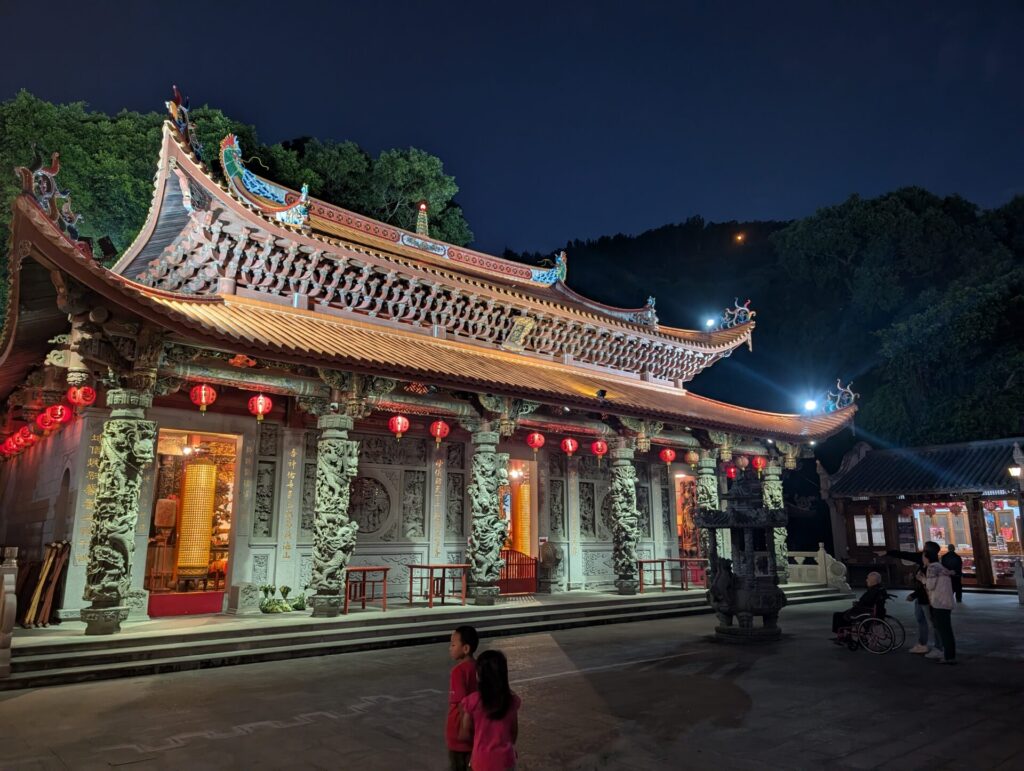
Now for something particularly interesting: this vibrant celebration wasn’t confined to Magang or even the Matsu Islands. It resonated across the Taiwan Strait, linking the island communities with their ancestral homeland in Mainland China. The goddess Mazu, revered by seafarers and coastal communities on both sides, acts as a spiritual bridge. Pilgrimages, once restricted, now flow more freely, with devotees from Taiwan journeying to Mazu’s birthplace in Fujian Province and mainlanders making the crossing to Matsu for these festivities. This cultural exchange, facilitated by shared faith and tradition, holds a significance that extends beyond the religious; it fosters understanding, builds connections, and reminds people on both sides of their shared heritage. I’m deeply fascinated by this potential for cross-strait peace through exchange and hope to explore it further in my Master’s thesis. Perhaps, in the shared reverence for Mazu, lies a path toward a future where the waves of the Taiwan Strait carry not the threat of conflict, but the echoes of shared prayers and celebrations.
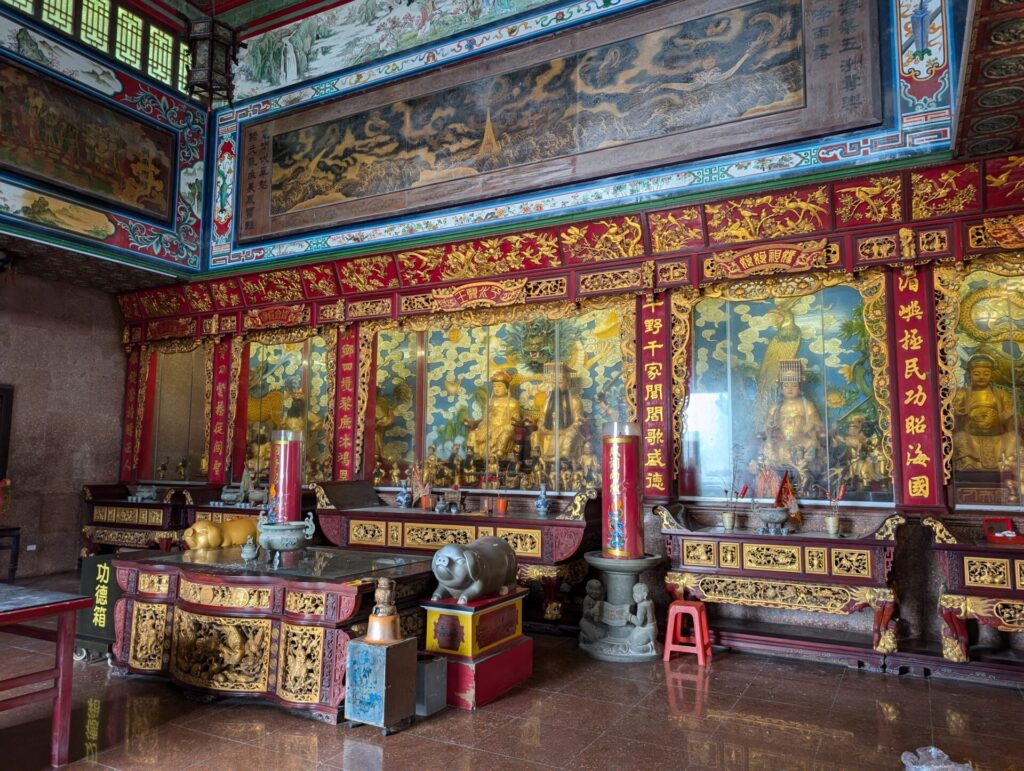
But for now, the echoes of drums and chanting fade as the festival draws to a close, leaving behind a lingering sense of shared devotion and cultural connection. Ultimately, this journey through the Matsu Islands has been an exploration of history, faith, and the resilience of people with very different lived experiences from those I left in Taipei. Though I’ll be taking a break from posting next week in observance of Thanksgiving in the US, I’ll be back the following week with a lighter topic: a visit to the wonderfully affordable Taipei Zoo and all its adorable inhabitants!
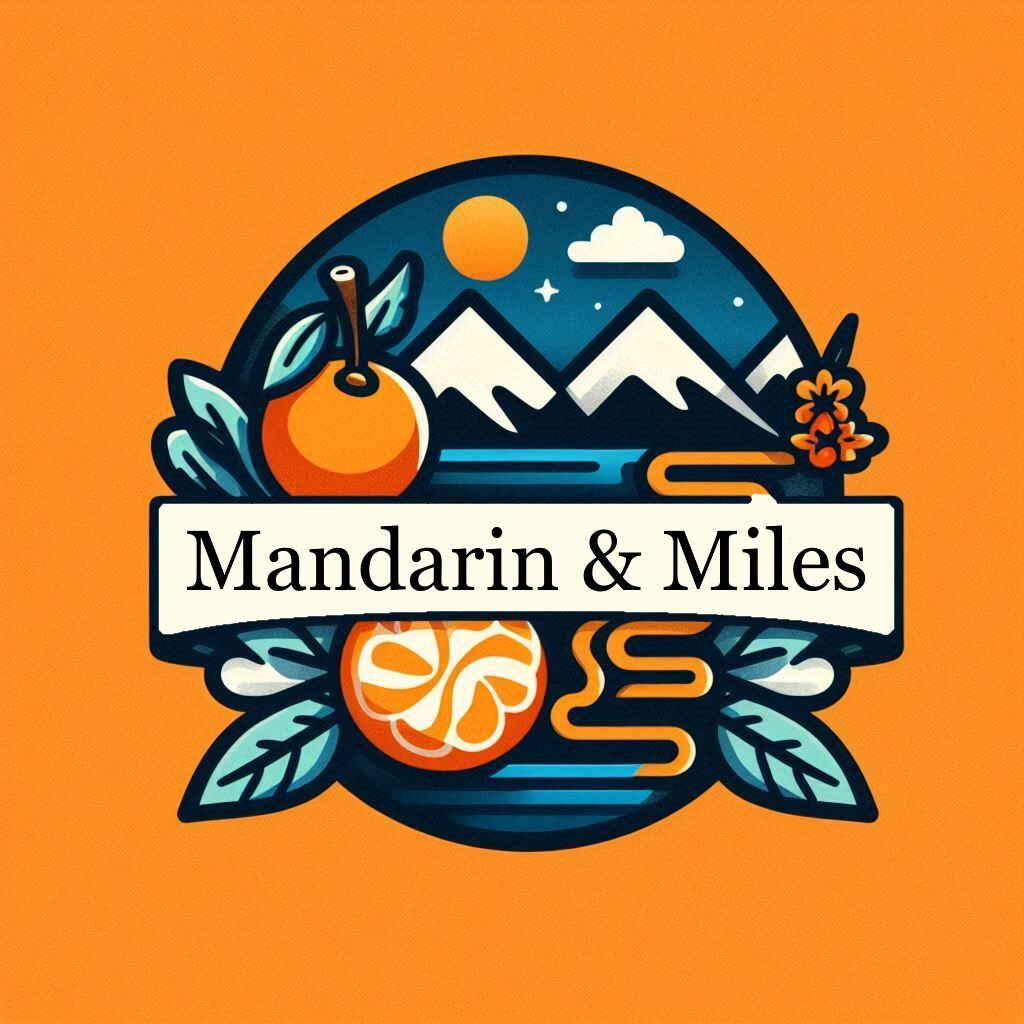
Leave a Reply